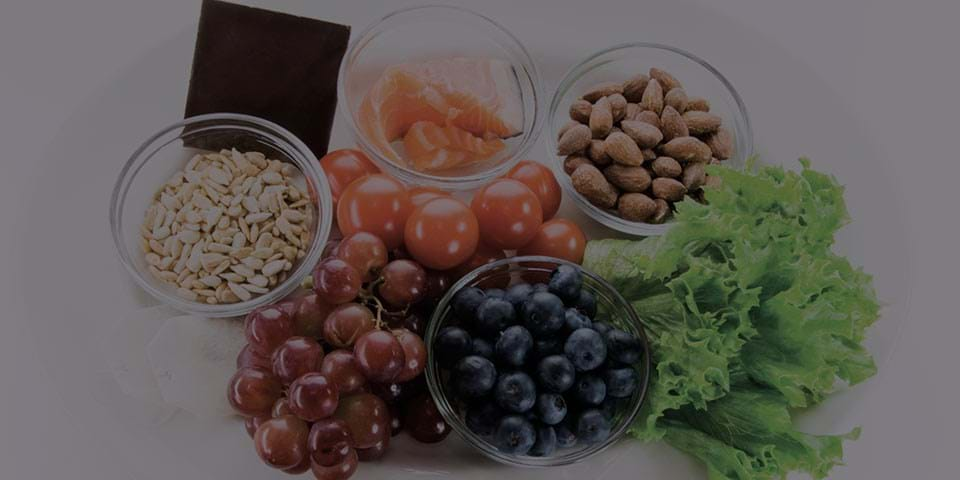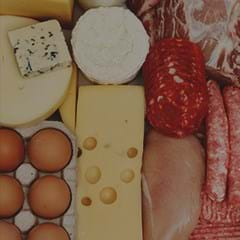Sugar is everywhere. The best guess is that people eat and drink somewhere between 20 and 25 teaspoons of sugar (more technically known as caloric sweeteners) each and every day. It is the natural sweetener found in fruit and vegetables, but unless you drink large fruit juices and smoothies every day, most of the sugar in your diet comes from processed foods and drinks. The standout is carbonated (fizzy) drinks, where just a large can or small bottle will typically contain ten or more teaspoons of sugar, with absolutely no nutritional value. But sugar is added to everything from breakfast cereals to ketchup, and even to savoury sauces and snacks.
As part of a lifestyle involving little physical activity and an abundance of other energy-loaded foods, sugar is one part of the mix causing the global obesity epidemic. It is not the only factor contributing to weight gain, but it is a contributor that can largely be avoided. Given its prevalence in modern diets and proven health risks, we need to ask:
How dangerous is sugar in and of itself?
The latest science of sugar is complex and there are divided opinions about its innate health effects. Chemically, sugar – or sucrose – is one molecule of glucose joined to one molecule of fructose. What is agreed is that, biochemically, glucose and fructose are different. Just how different is the hot debate in biochemistry circles.
Chemically glucose and fructose are identical, except glucose is a six carbon ring and fructose is five. Glucose and fructose are taken up largely by the liver. Once there, the five carbon ring of fructose is converted into a six carbon ring, forming glucose. One side of the scientific debate says this is the end of the story. So the health effects – if there are any – are a consequence of too much sugar (simple calories) and not enough of everything else required for health, including dietary fiber, proteins, vitamins and minerals.
The other side of the scientific debate, however, suggests there is more to the story – because of what happens during the conversion of fructose to glucose. This is not a straightforward metabolic reaction, and free radicals (dangerous reactive oxygen compounds, including bleach, that can damage cells) are generated in the process. It is thought this may trigger inflammation in the liver. One of the key underlying disturbances important in the development of heart disease and diabetes is inflammation. Whether fructose actually causes these diseases is at the center of the scientific debate.
Irrespective of how dangerous fructose turns out to be, no one disagrees that having too much in your diet is a bad thing. So, that leads to the next question:
Is sugar truly addictive?
There is little doubt that sugar can provide a wonderful buzz – so much so for some people that it is a hard habit to break. It can take tremendous self-discipline to fight the siren-call of sweet delights. This power can be explained by sugar’s double appeal.
The first involves our biology. Humans have evolved to love sweetness, as it is a sign that the fruit is ripe and full of calories. It’s so powerful that we worked out how to manage bees and avoid being stung in order to enjoy honey.
In the modern, developed world, the need to select high calorie sweet foods to survive is redundant. But the same biological drivers are still at work, and the processed food industry has evolved to meet those appetites, which is the other powerful appeal exerted by sugar.
The combination of ancient biology and modern food technology is what has you coming back again, and again, one nibble, bite or gulp at a time. But this is not the same thing as an addiction.
There is no evidence that sugar is an addictive substance. Unlike genuinely addictive chemicals, there is no chemical rush or short-lived euphoria. The "sugar buzz" is all in the taste and the momentary pleasures of eating. It’s largely all gone long before the sugar is digested and the glucose and fructose enters the blood stream. For sure, a sugar habit is hard to break – but this isn’t a chemical addiction, it’s a taste sensation you crave. The notion that sugar “withdrawal” is the root cause of mood swings, headaches, aching joints and even phobias, is not scientifically supported.
But my cravings are real – like really real!
It is sometimes suggested that sugar cravings occur to combat falling blood sugar. Sorry to bust this myth too, but there is no evidence that by mid-afternoon blood sugar levels start to fall, triggering the desperate quest for junk food. It’s mainly a mood thing, maybe due to boredom, fatigue or work overload, triggering those little thoughts of a sweet treat.
Sugar cravings, then, are less to do with biology than with moods and emotions. From depression, loneliness and boredom, through to elation and celebration, there is a sugar fix marketed for that! Right from our infant years, sweets form the basis of reward for good behavior. Bad behavior means the opposite – no candy! So it’s little surprise we develop powerful emotional and physical cues to sweet foods and drinks. These run deep in our psyches.
Can you break the sugar cycle?
Yes. It’s impossible to go completely sugar-free, and diets promoting the removal of all sugars, processed and natural, are not sustainable in the real world. But it is possible to make practical and long lasting adjustments that won’t have you climbing the walls as you suppress the urge to sneak a snack.
- Set realistic goals: no one is perfect, so take baby steps in cutting excessive sugar from your daily diet.
- Choose low sugar foods: there is a range of food choices, and a simple tactic is to substitute one type of food or drink with a low sugar or non-caloric sweetened variety. But this is only a halfway step. It’s always better to choose minimally or unprocessed foods. Buy fresh, make it yourself and enjoy.
- Be wise to your nibble needs: it’s best to eat meals rather than snacks. But if you need to snack, choose the snacks nature provides – fruit or nuts. Even a sweet fruit contains less sugar than a processed food, and it also comes packed with much more goodness, including fiber, vitamins and minerals.
- Step away from the snacks: it’s often those quiet moments in the kitchen when the urge strikes. The best tactic is not to buy sugary snacks and drinks in the first place, so it’s simply not an option.
- Celebrate wisely: be mindful of how much you eat, and beware of that drink or three. Alcohol, reduces self-inhibition, including the ability to say no to burgers, fries and pizza. Plus, you’re already getting your daily of sugar in that beer or wine, even without the nibbles.

Professor David Cameron-Smith is a regular Fit Planet contributor. A transplanted Australian living in New Zealand, he obtained a PhD in nutritional biochemistry from Deakin University, and undertook postdoctoral training at the Royal Prince Alfred Hospital, Sydney. His research interests include the importance of nutrition in the maintenance of optimal health in an ageing population, and the impact of nutrition in regulating the function of muscles.








